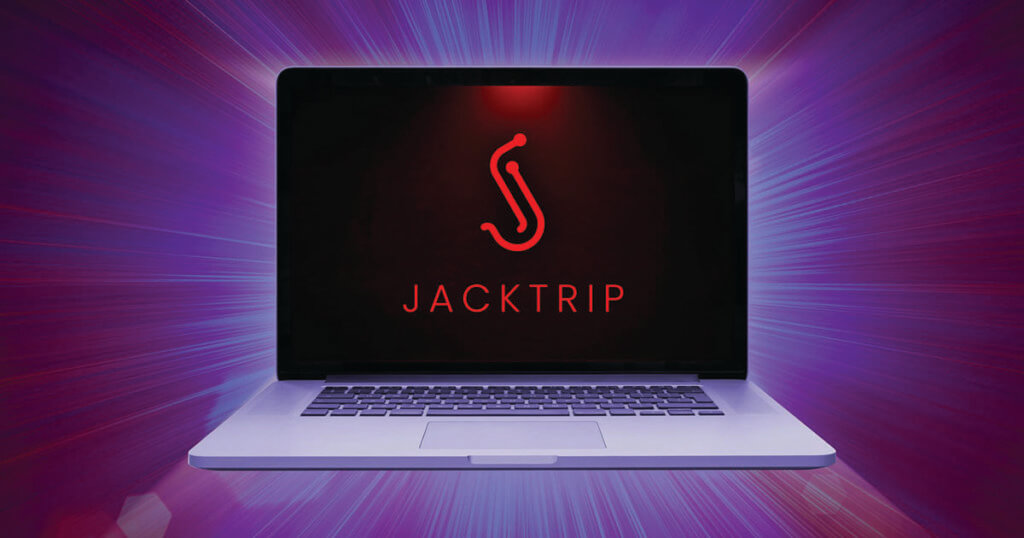To many of us, music making is something fundamental. We sing, we play, and more often than not, we want to do it together. It isn’t always easy. Most musicians have to make major sacrifices to fund their passions, but time and money limitations can make music feel like a luxury when it should be available to everyone.
All that needs to change, and fortunately, the tide is starting to turn, in part thanks to technology. Today, some of the most powerful new music tech focuses on better remote collaboration that makes it easier to come together in exciting ways—without gas money or space rental. A number of platforms allow artists and producers to trade sounds and skills without meeting face to face. Streaming sites are increasingly easy to reach, and the world of virtual communication continues to grow by leaps and bounds in recent years. Music industry players, especially startups looking to push the status quo, are taking notice.
Such innovations in remote music are more than just novelties. For many musicians, they’re necessities. Logistical hurdles like finding suitable rehearsal times, planning for driving distance, and budgeting for gas money can derail projects and entire careers before they even get off the ground. By lowering barriers of cost and distance, we can create new and accessible collaborative experiences for musicians everywhere, critical to a thriving creative community.
Sharing Sounds
Asynchronous collaboration–swapping sounds via free or low-cost Box or WeTransfer accounts, or simply uploading to Soundcloud–are practically a given today. They can be clunky, however, and version management can be a timesuck and a headache.

Fortunately, it’s only getting easier to collaborate from DAW to DAW. GarageBand users can share files via iCloud. Apps like Kompoz allow users of common DAWs like GarageBand and Pro Tools to connect directly or open up their files to musicians they’ve never worked with before. Soundtrap serves as a totally online DAW; its tiered pricing system and open collaboration make it especially approachable for a wide range of musicians.
For all the major strides in virtual music, though, the music industry has largely left remote synchronous collaboration uncracked. How can tech conquer the live experience?
Enter the Virtual Studio
JackTrip Labs envisions a future where playing together hundreds of miles apart is functionally no different from jamming in the same room. Initially developed by Stanford University engineers and musicians, and then further enhanced by JackTrip Labs development team, the JackTrip Virtual Studio uses state-of-the-art cloud computing technology to link users who are up to 400 miles apart at the speed of light. Lag time is almost nonexistent, allowing for remote rehearsals and even full performances to stay in perfect sync. Small-scale bands and large choruses alike–up to 200 members at a time in some cases–can truly perform together without needing to leave their homes. A number of different pricing plans, including a free option allowing for up to 10 musicians to connect to a single session, means anyone with a reliable internet connection can join the JackTrip wave, whether it’s a few friends or a professional orchestra.
For musical groups looking to prep for tours while minimizing hotel and studio space costs, the Virtual Studio makes for an affordable soundstage. It’s more efficient than moving people and equipment from place to place, saving artists time and money. Band members can move a town over without it meaning a breakup. For community groups, it’s a chance to redefine a sense of place to be more inclusive of members who might live farther away or lack safe access to transportation. The Virtual Studio gives people a chance to be heard by creative peers they might not otherwise be able to meet.
JackTrip users can connect with an even wider world through JackTrip Radio. There, musicians can broadcast in real time from multiple locations, their performances streaming across the globe to radio listeners. They can record these shows for later playback, too, preserving unique remote encounters as with any other live session.
The space between in-person and remote musical experiences continues to narrow in the face of affordable synchronous and asynchronous products and services. JackTrip’s technology isn’t simply as good as the real thing. It’s real in its own right, and so is every connection it supports. For music technology, the road ahead is one full of potential. If the current pool of new apps is any indication, the most fruitful path is one that aims to close the gaps in remote collaboration and truly bring people together in every possible sense while meeting them exactly where they are.
–by Mike Dickey (CEO and Co-founder, JackTrip Labs) and Russ Gavin (Co-founder, JackTrip Labs)
LEARN MORE at https://www.jacktrip.com
